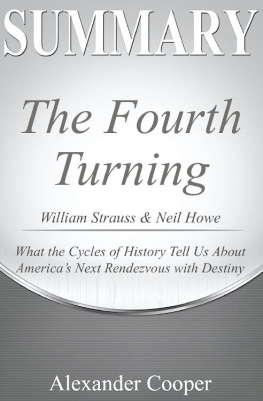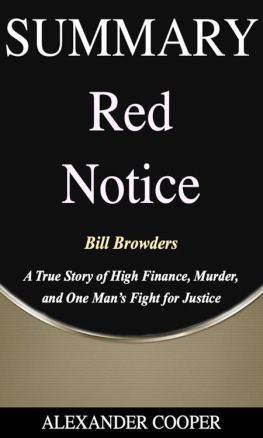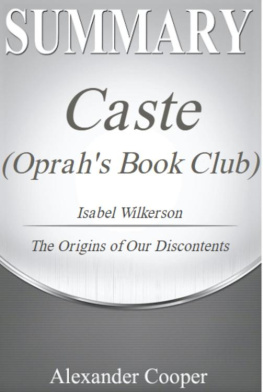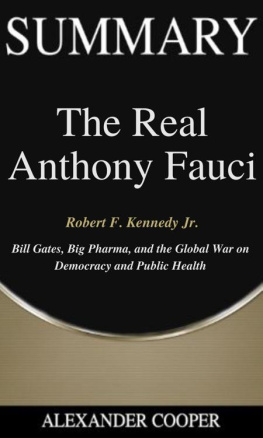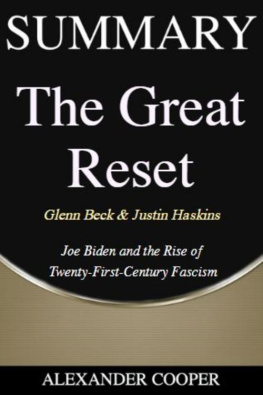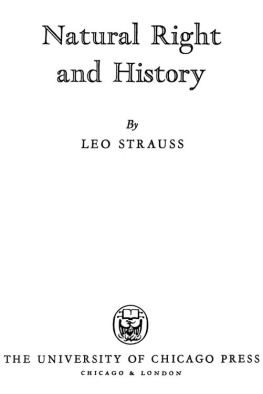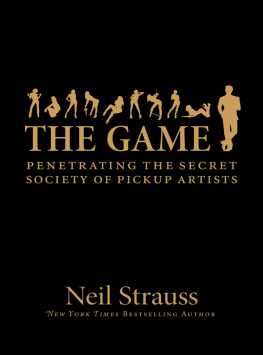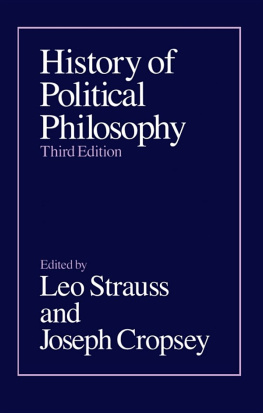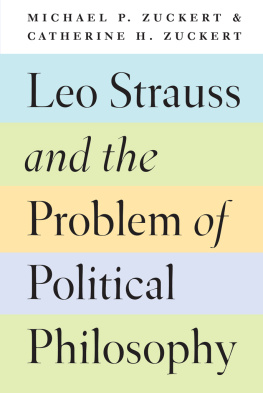Alexander Cooper - Summary of the Fourth Turning: by William Strauss & Neil Howe--What the Cycles of History Tell Us About Americas Next Rendezvous with Destiny--A Comprehensive Summary
Here you can read online Alexander Cooper - Summary of the Fourth Turning: by William Strauss & Neil Howe--What the Cycles of History Tell Us About Americas Next Rendezvous with Destiny--A Comprehensive Summary full text of the book (entire story) in english for free. Download pdf and epub, get meaning, cover and reviews about this ebook. year: 2021, publisher: Ben Business Group LLC, genre: Romance novel. Description of the work, (preface) as well as reviews are available. Best literature library LitArk.com created for fans of good reading and offers a wide selection of genres:
Romance novel
Science fiction
Adventure
Detective
Science
History
Home and family
Prose
Art
Politics
Computer
Non-fiction
Religion
Business
Children
Humor
Choose a favorite category and find really read worthwhile books. Enjoy immersion in the world of imagination, feel the emotions of the characters or learn something new for yourself, make an fascinating discovery.
- Book:Summary of the Fourth Turning: by William Strauss & Neil Howe--What the Cycles of History Tell Us About Americas Next Rendezvous with Destiny--A Comprehensive Summary
- Author:
- Publisher:Ben Business Group LLC
- Genre:
- Year:2021
- Rating:5 / 5
- Favourites:Add to favourites
- Your mark:
Summary of the Fourth Turning: by William Strauss & Neil Howe--What the Cycles of History Tell Us About Americas Next Rendezvous with Destiny--A Comprehensive Summary: summary, description and annotation
We offer to read an annotation, description, summary or preface (depends on what the author of the book "Summary of the Fourth Turning: by William Strauss & Neil Howe--What the Cycles of History Tell Us About Americas Next Rendezvous with Destiny--A Comprehensive Summary" wrote himself). If you haven't found the necessary information about the book — write in the comments, we will try to find it.
The Fourth Turning is a book by William Strauss and Neil Howe. It outlines the foundation for what is now known as Strauss-Howe generational theory. The main tenet of the book is that American and global history follows a generational cycle. The cycle is defined by four Turnings, each lasting about 20 years. Generational archetypes play a crucial role in historical events, and these archetypes recur. The cycle of the four Turnings is called a saeculum and is roughly the length of human life.
The book offers a detailed description of the underlying philosophy. The key idea is seasonality. The authors offer their findings from nature and history to claim that the cyclical nature of time permeates all life, including American history. Furthermore, the authors analyze Anglo-American history to find patterns in a generational attitude. They then correlate these characteristics to the historical events of significance. The evidence that the authors present focuses on their interpretation of key historical figures, as well as societal attitudes.
The cyclical generational attitudes are the prime factor in analyzing history and politics, according to Strauss and Howe. The authors claim that race, gender, economic class, religion, and political beliefs are all less influential in determining the course of history. This claim is controversial, and authors reflect on their stance against other prominent academics, offering some comparison with several secondary sources.
Overall, the evidence that the authors present is highly subjective and is not sufficiently bolstered with verifiable sources. Each generation is presented as having a unified voice, with few acknowledgments of a diversity of thought within each generational group. Therefore, the predictions are not based on solid evidence. Rather, the book puts forward a theory of generational seasonality. The authors explore what this theory could mean, but they do not offer a sufficient basis for their findings.
Here is a Preview of What You Will Get:
Get a copy of this summary and learn about the book.
Alexander Cooper: author's other books
Who wrote Summary of the Fourth Turning: by William Strauss & Neil Howe--What the Cycles of History Tell Us About Americas Next Rendezvous with Destiny--A Comprehensive Summary? Find out the surname, the name of the author of the book and a list of all author's works by series.

